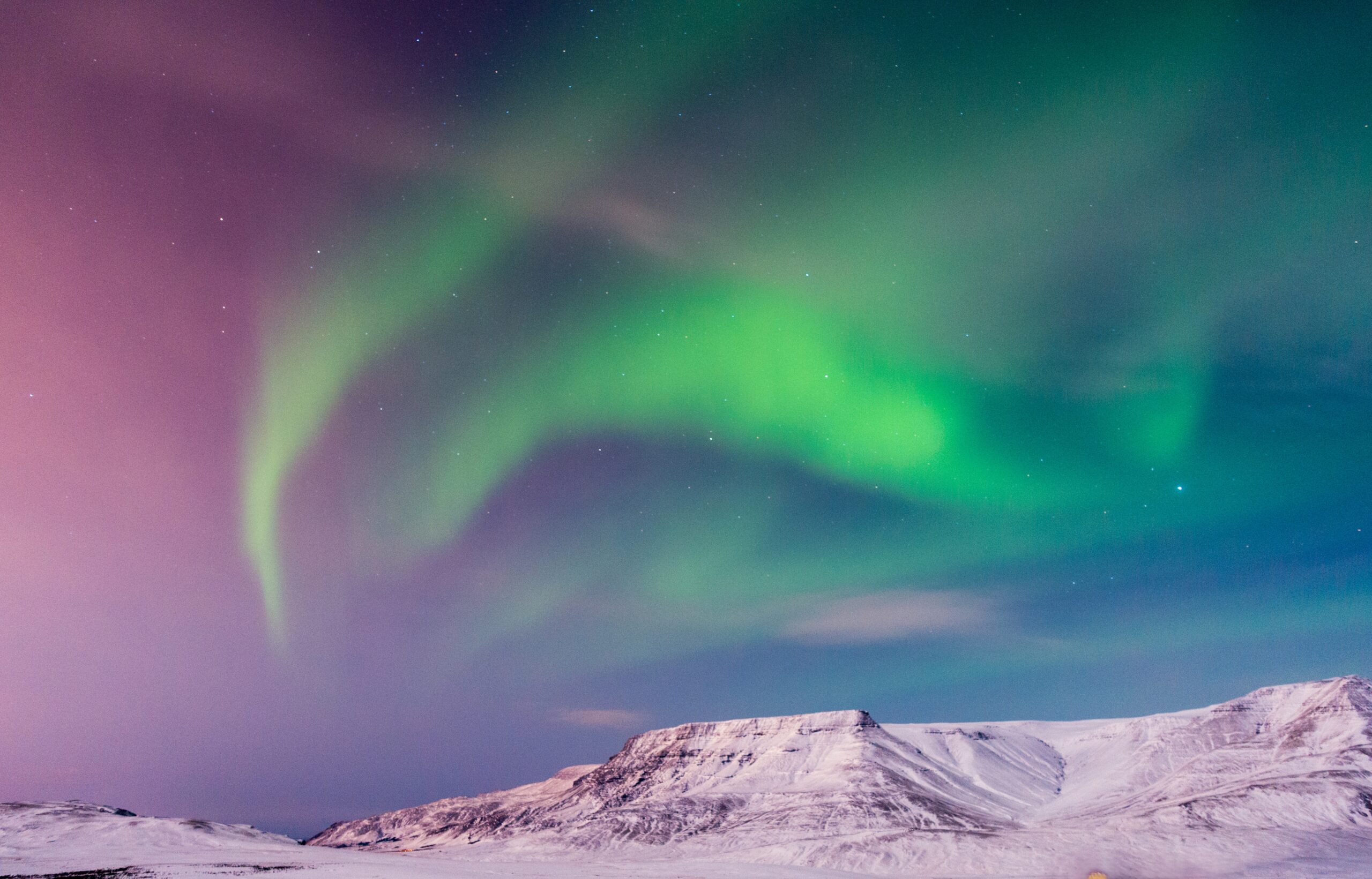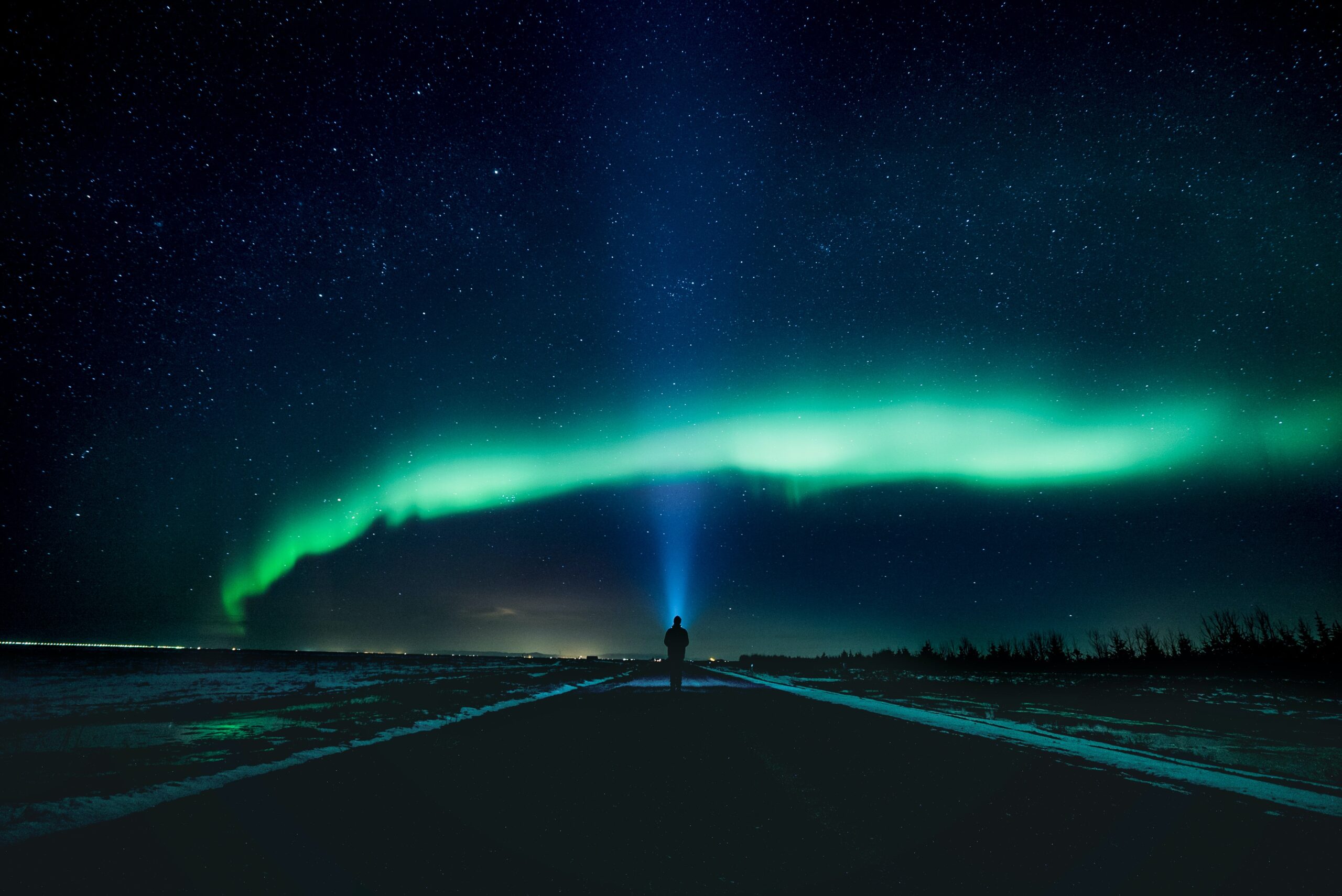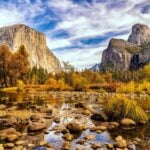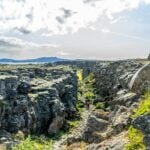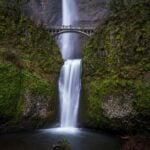Any trip to Iceland wouldn’t be complete without seeing the Northern Lights. Here is the best way to find the aurora borealis and how do you take pictures of the stunning natural phenomenon
Iceland is one of the few places in the world where you can see the Northern Lights, also known as the aurora borealis. These beautiful waves of light are a natural phenomenon that dances across the sky. The Northern Lights is an experience that can’t be missed on a trip to Iceland and is one that is on many people’s bucket lists.
What are the Northern Lights
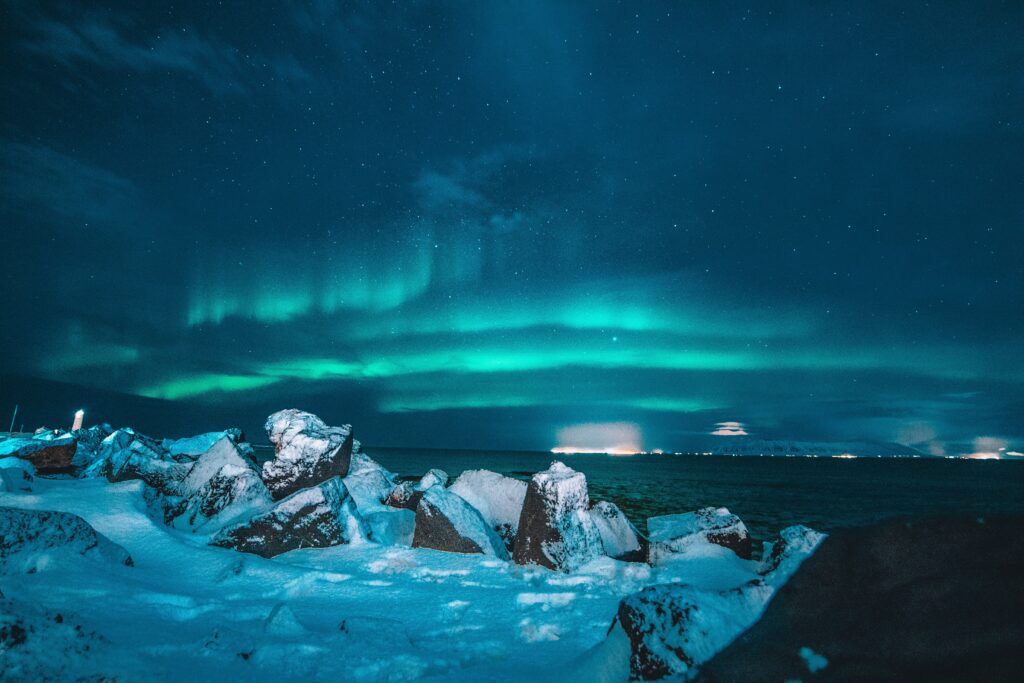
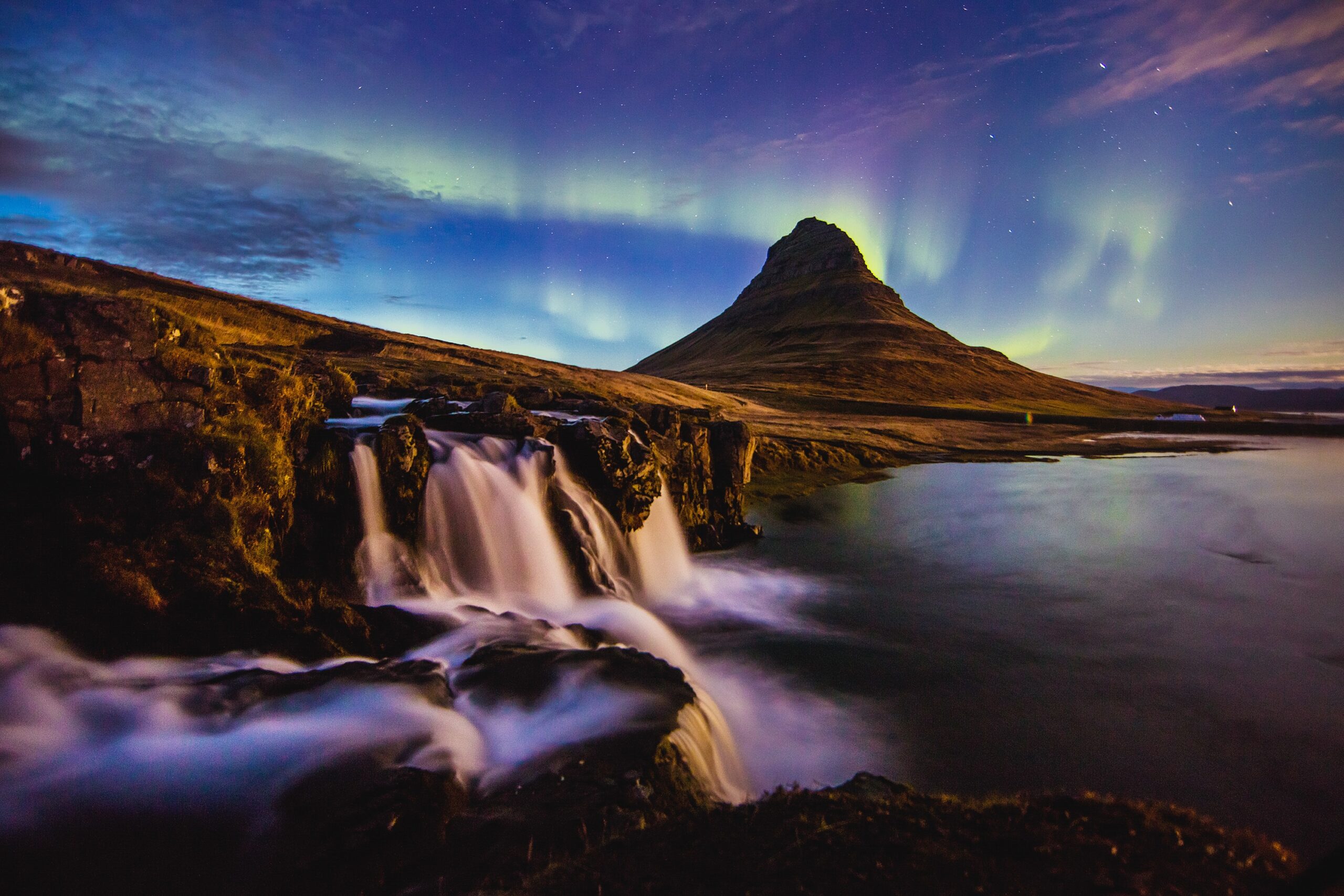
Join the Northern Lights Mystery Tour
For thousands of years, many myths and legends surrounded these curtains of red and green fire burning in the sky. Armies galloped to set out huge fires that they thought they saw on the horizon and Native Americans thought they were the spirits of the departed. In one of the foundation myths of China, a woman saw a dragon in the sky and then gave birth to the first emperor. It is possible that the iconic symbol of the Chinese dragon comes from the aurora borealis.
There are few fables that mention the Northern Lights in Iceland. This is probably because the people that lived here thought they were normal. The lights occur most nights, so there were no omens or strange events to associate them with.
Now, we know that the Northern Lights are caused by magnetic storms in the Earth’s atmosphere. Solar winds hit the atmosphere and release charged particles. When these particles bump into each other, the energy is released as light. The storms occur most frequently at the north and south poles and can be seen best at night within the auroral zone. During particularly big storms, the aurora borealis can be seen as far south as the Mediterranean Sea or the southern states of the US.
How to see the Northern Lights in Iceland
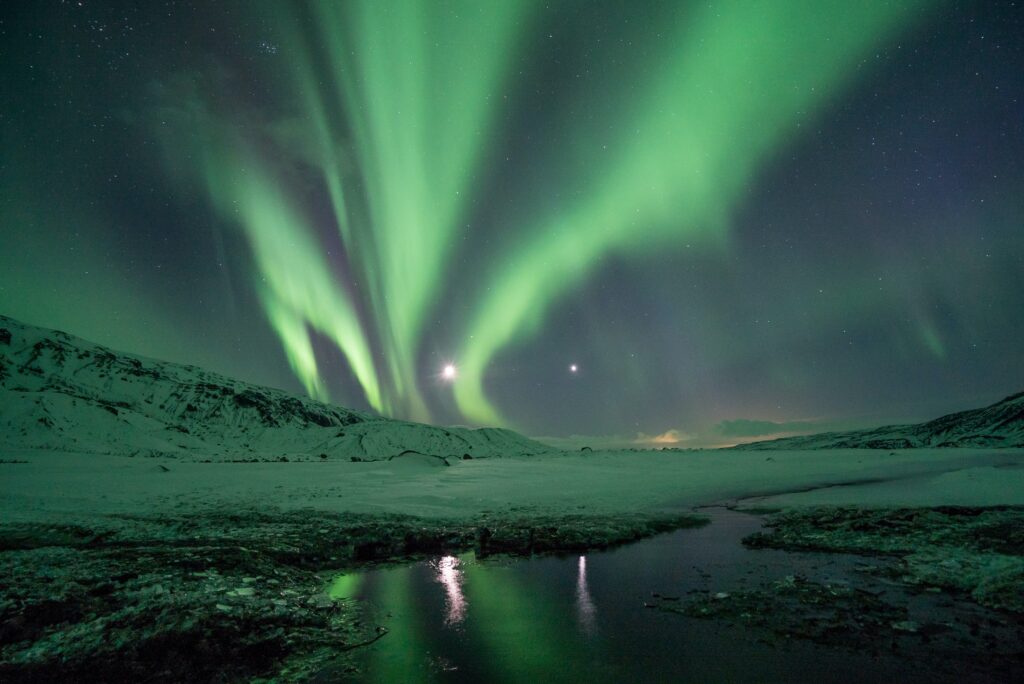
The best way to see the Northern Lights on your trip to Iceland is to hire a knowledgeable guide. Because the aurora borealis is a natural phenomenon, it is not always reliable and your chances of seeing it can be affected by the weather. Seeing the Lights from Reykjavík is difficult because of light pollution and it can move fast across the sky. A guide will understand how the light storm is moving through the sky and will be able to take you to the best viewpoints outside of the city. Many of these viewpoints will be off the beaten track, and require a skillful off-road driver who knows the roads at night.
The darker the time of year that you visit, the easier it will be to see the Lights. Iceland’s long winter nights mean that the best time is between December and April. However, because of the bitter cold, many of the roads will be covered in snow and ice. During the winter, many of the smaller roads will be closed. A trip in the fall or spring will avoid these difficulties, and it is difficult to see the lights during the very long days of summer. There is an aurora forecast that you can check to see when the best time to visit is.
How to take pictures of the aurora borealis

The best way to take an iconic picture of the Northern Lights to show off on Instagram is to use a DSLR or mirrorless camera. Cell phone cameras get better all the time, but you will want to use an app where you can control the settings. There is a bit of skill, and some experimentation, to shooting at night.
You will also need a tripod and a wide-angle lens, and a shutter-release cable will help minimize vibration. If you don’t have a shutter-release cable, you can use the delay settings on the camera so that you are not touching the camera when the picture is taken.
To capture the shot, you will want to use a long exposure, a wide aperture and a high ISO. This means you will be able to catch as much light as possible. Ideally, your aperture should be lower than f/2.8, but f/4 should be fine, your shutter speed should be around 1/40, and your ISO should be between 800 and 3,200. Try and let as much light in using the aperture and shutter speed — a higher value of ISO will increase the noise in your picture.
Frame your shot using your tripod and focus on infinity using the focus ring or by autofocusing on something on the horizon. Then use the shutter release to take a picture. Check the shot on the monitor to see whether you are happy with how it looks. If not, adjust the settings slightly and take another. Repeat this process until you have the perfect shot of the Northern Lights to show off to your friends and family.
